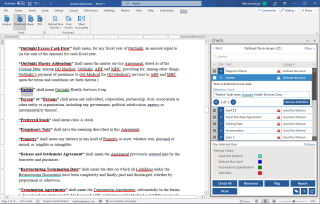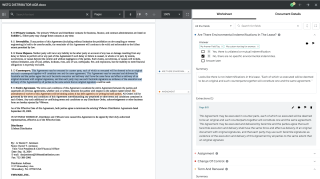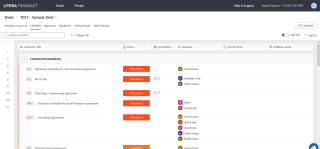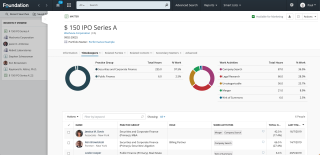Litera is the global leader in solutions that power the legal industry.
Document Review and Repair | Workflow Solutions | Workspace Solutions
The ecosystem is made up of our workspaces, Kira, Litera Transact and Litera Litigate, our document review and repair solution, Litera Check, and our full-service drafting workflow solution.
Document Review and Repair
Litera Check
Workflow Solutions
Kira
Legal Workflow Solutions
Litera Draft
Lawyers spend up to 60% of their time drafting documents, and they do so under continued pressure to turnaround high-quality work quickly.
Litera Draft is a single toolbar that includes everything legal teams need to safely create, check, clean, and compare documents. From first draft to final delivery, you can now work through your document with a seamless, fully integrated experience.
Litera Draft Solutions
Workspace Solutions
Litera Transact
Litera Transact Solutions
Litera Litigate
To master a successful case, everyone must be on the same page—organized, informed, and able to quickly draw the right conclusions. But when every team has a unique workflow, it becomes harder to stay on top of things and easier to accumulate stress, unbillable hours, and chaos.
Litera Litigate modernizes traditional workflows, helping teams add structure, accelerate insights, and stay connected throughout the case.






